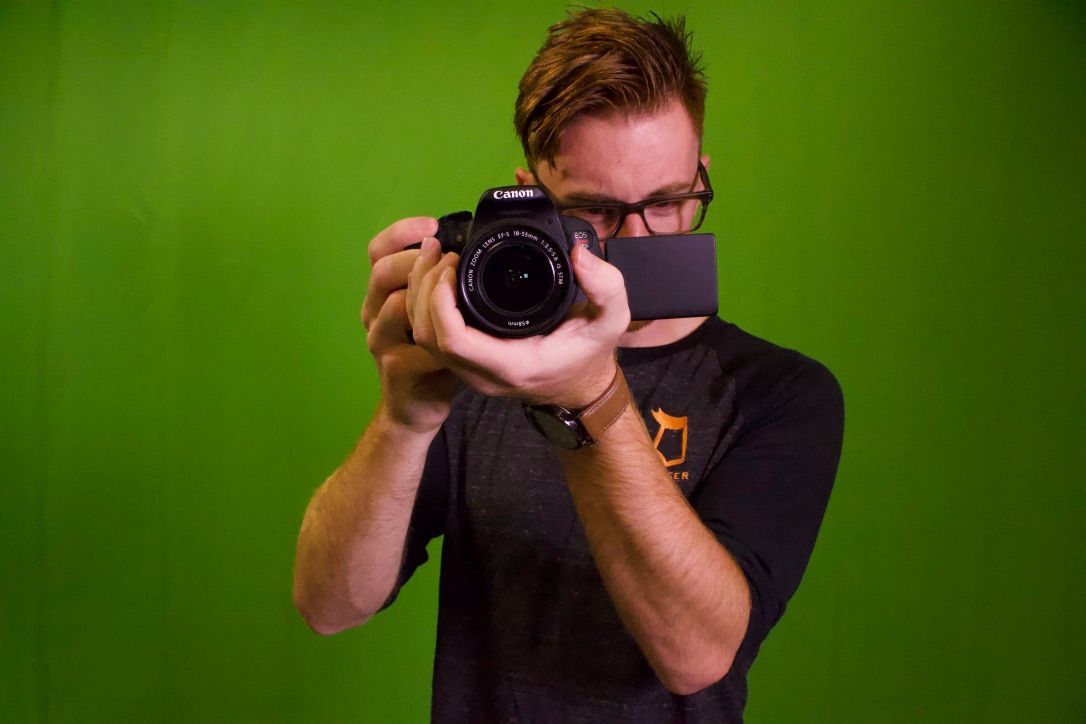How to Build Social Media Presence for Small Businesses
There’s no denying that social media moves fast, all day and every day. It can be easy for small businesses to start social media accounts, quickly get lost in the feed, and sink to the bottom of search results. Small businesses that build their social media presence properly reap the benefits of more exposure and engagement with their business. Building a robust social media presence takes time, but it can be broken up into smaller steps.
Design
In digital marketing, we work toward “content-driven design.” This means that the content a business wants to highlight drives how we design websites, digital ads, email campaigns, and more – social media pages should also mimic this principle. In most cases, social media pages should drive traffic back to your website. Linking products, keeping similar design elements, and providing links to your website’s social pages can accomplish this.
Aesthetics
A brand’s image and aesthetics help significantly with visibility and recognition. Your business should have at least two colors highlighted on the website and complement your logo and signage. You may also want to choose fonts, shapes, and even animations to use on your social media page. If you plan to post many still photographs to your social page, picking a filter or editing style helps your page look cohesive. You can also experiment with thematic aesthetics for your posts depending on what type of business you run (e.g., people and lifestyle focus, nature focus, product focus, etc.).

Content Type
Regarding what type of content does best on social media, there is more nuance than “hard-and-fast” rules. While you experiment with creating and posting content, your business page should follow competitors or similar businesses to see what content works for them. Sometimes, the platform can dictate what type of content you will put out: character limits, video size limits, etc. As you learn the optimal content types for your pages, you should also plan ahead with a posting calendar.
Platforms
Even though all social media platforms allow your business to reach potential customers and clients, you don’t want to spread yourself too thin by being on platforms that may not fit your business. For instance, a professional services firm may not be the best fit for Pinterest. The time you or your staff have available to work on social media also impacts which platforms you should engage on – if you have less time available, TikTok may not be the best choice since trends move quicker than on other platforms. Videos a week or two behind the latest trend are less likely to get engagement.
Regular Posting
Striking a balance for how often to post is essential. Posting weekly or multiple times throughout the week is good practice for a new page. Posting daily works for some platforms, but it can be a turn-off for your audience on other platforms. Your posting schedule may be variable based on how much staff time you can allot – you may consider using an application that allows you to plan posts ahead of time. Further, your posting schedule could match your business schedule, such as posting more during a particularly busy season or promoting an event.
Voice
When someone engages with your small business on social media, you begin a relationship with them. When your content has a consistent voice on social media, you bring trust to your relationships with your customers. Your business’ voice can come from a style guide, reusing keywords in your content, or even having the same person write and design content.
Link to Your Business
Your social media pages and website should not exist in a vacuum: they should talk to each other. Your social media page’s bio or information section should include a link to your website. Similarly, your website can feature links to your social media pages or a feed preview. If you post blogs or videos directly to your website, these should be highlighted in social media posts. You may also consider having products linked in your social media content.

Online Reputation Management
A small business’ online reputation is built by several areas, including online reviews and ratings. Many social media platforms like Facebook allow users to review businesses directly on their pages. Other platforms may not have reviews built into the platform, but users may be making organic reviews, such as someone reviewing a product in a YouTube video. Even before your small business launches its social media sites, there is a good chance your business has already been spoken about on social media – the best thing you can do is respond to reviews and be up-to-date on what’s being said.
Connect With Cole-Dalton
Building a solid social media presence takes time, effort, and experience. If you’re feeling overwhelmed after reading these tips, get in touch with our team at Cole-Dalton Marketing Services. We have helped small to medium sized businesses build and maintain their online presence and accomplish marketing goals. Contact us today to get started!
The post How to Build Social Media Presence for Small Businesses appeared first on Cole Dalton.




Visit Our Office
Navigation

(314) 279-0600
| info@cole-dalton.com
|
710 N. Tucker Blvd Suite 503, St. Louis, MO 63101
All Rights Reserved | Cole-Dalton Marketing Services




